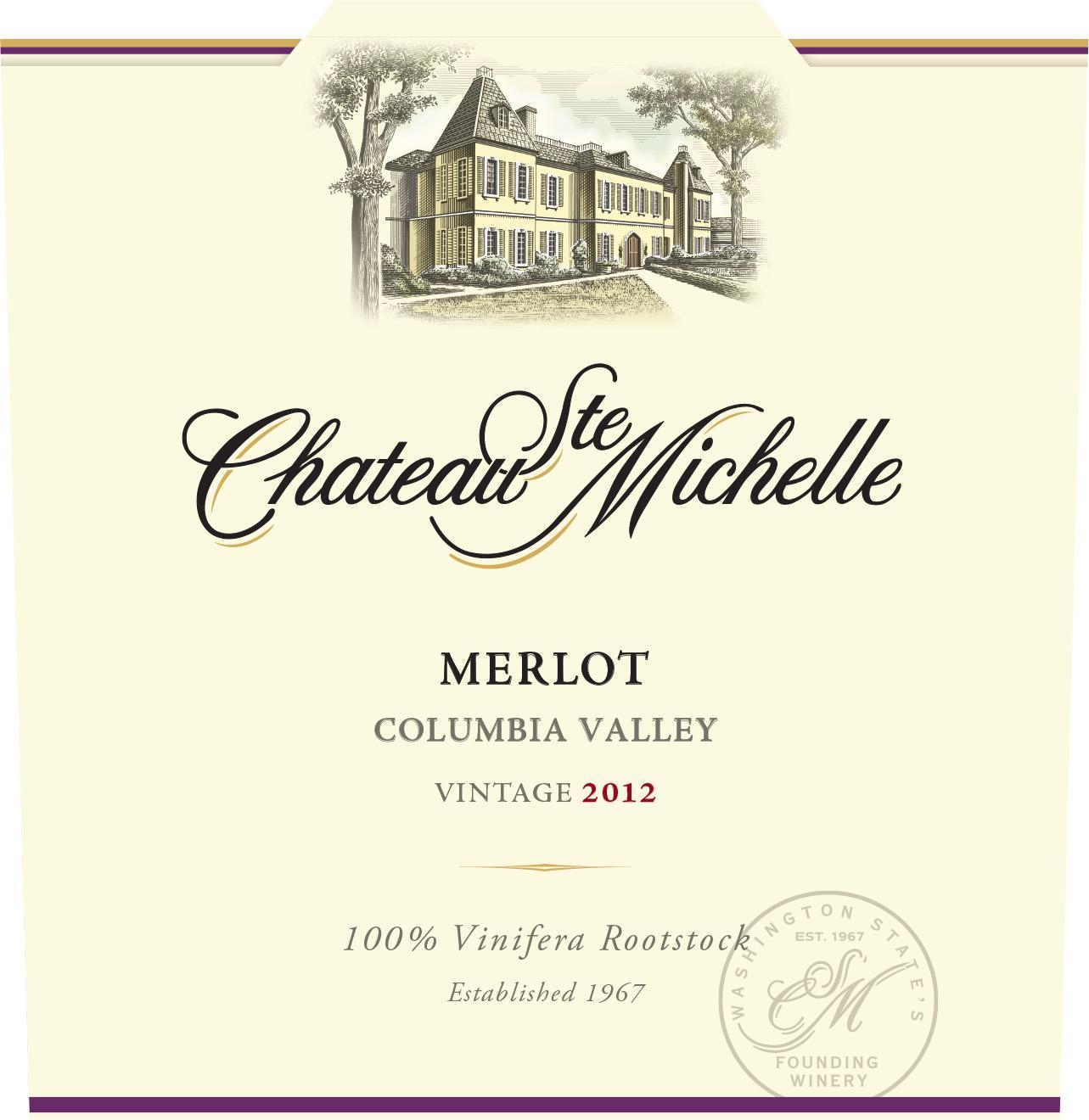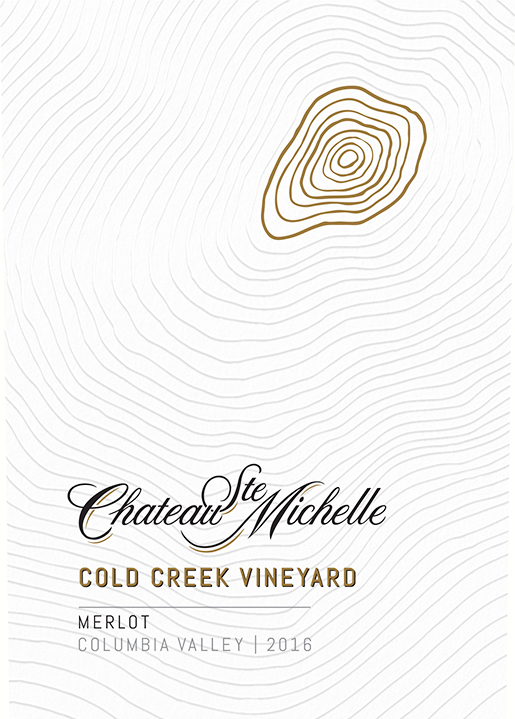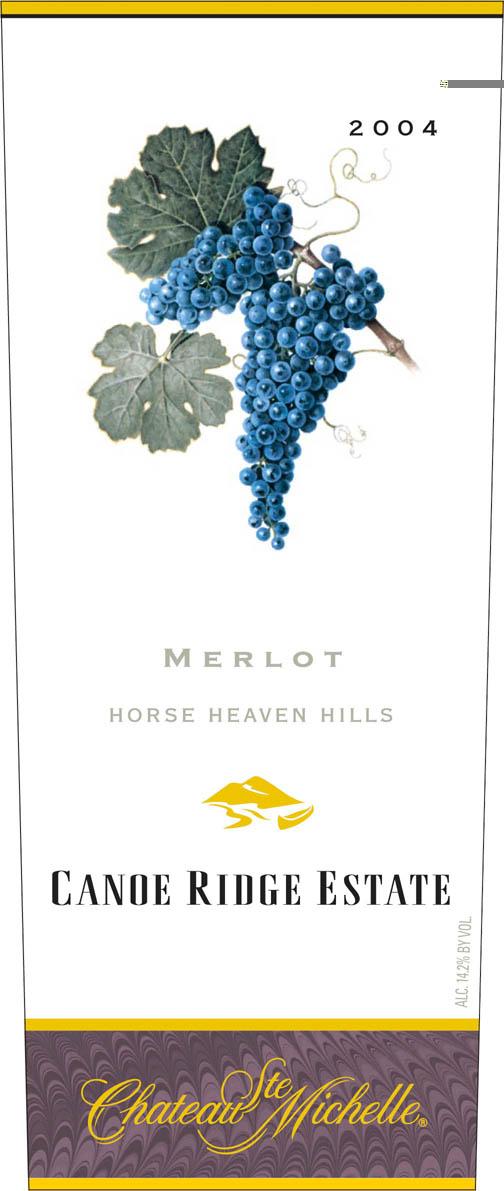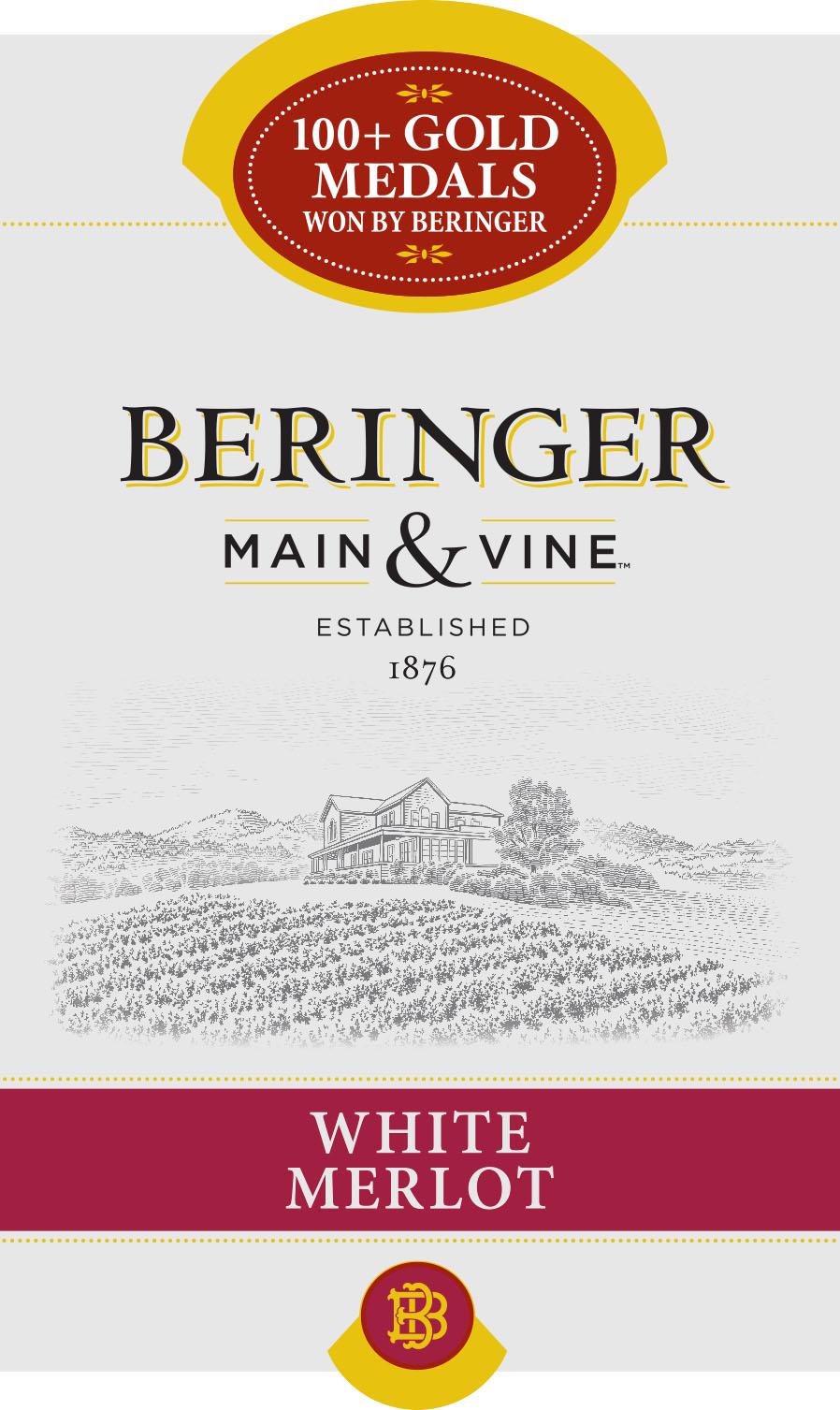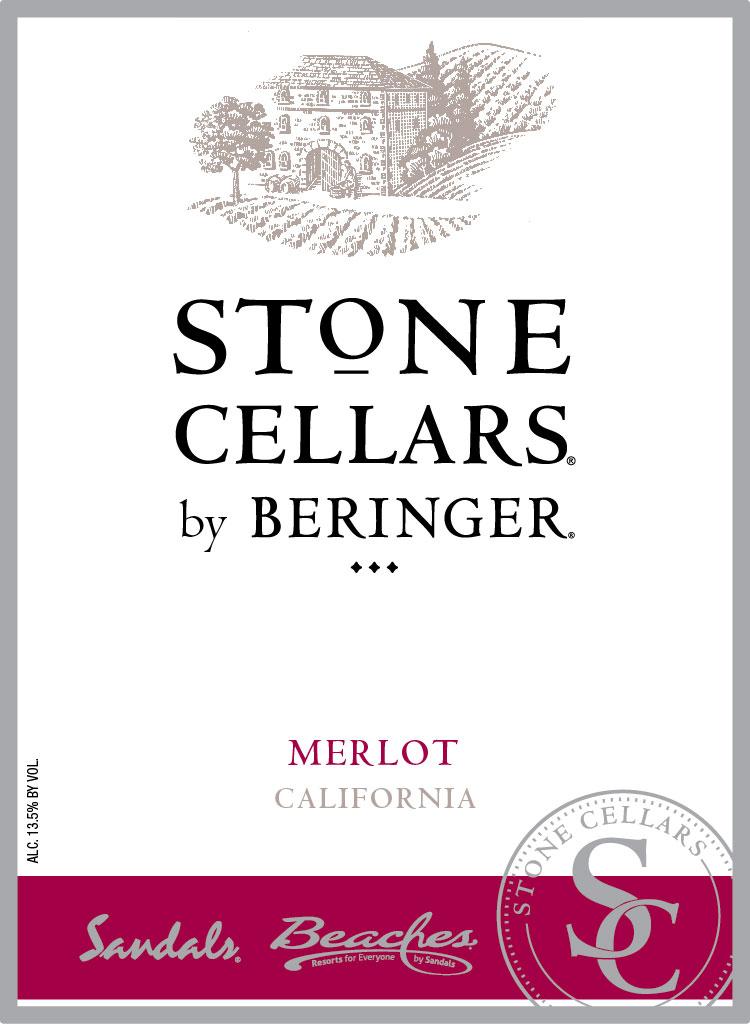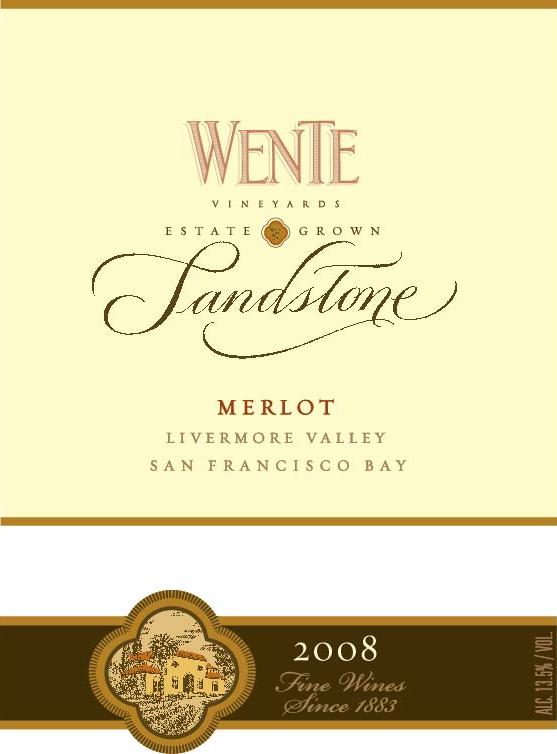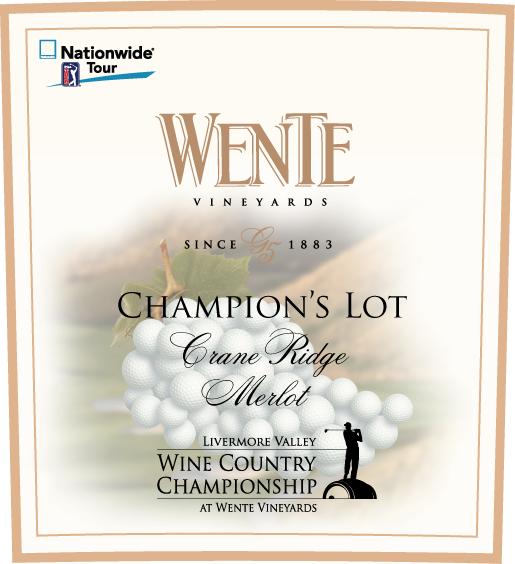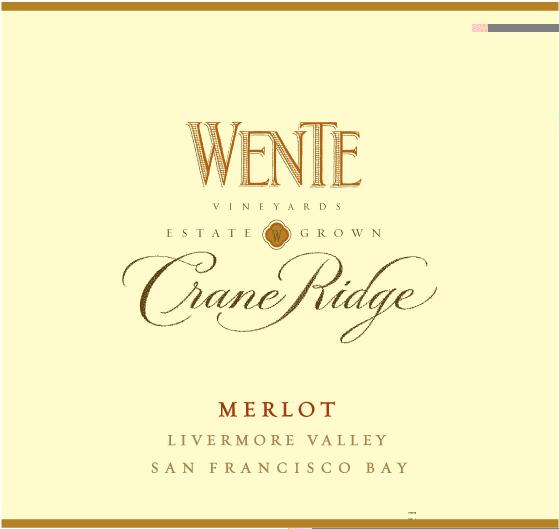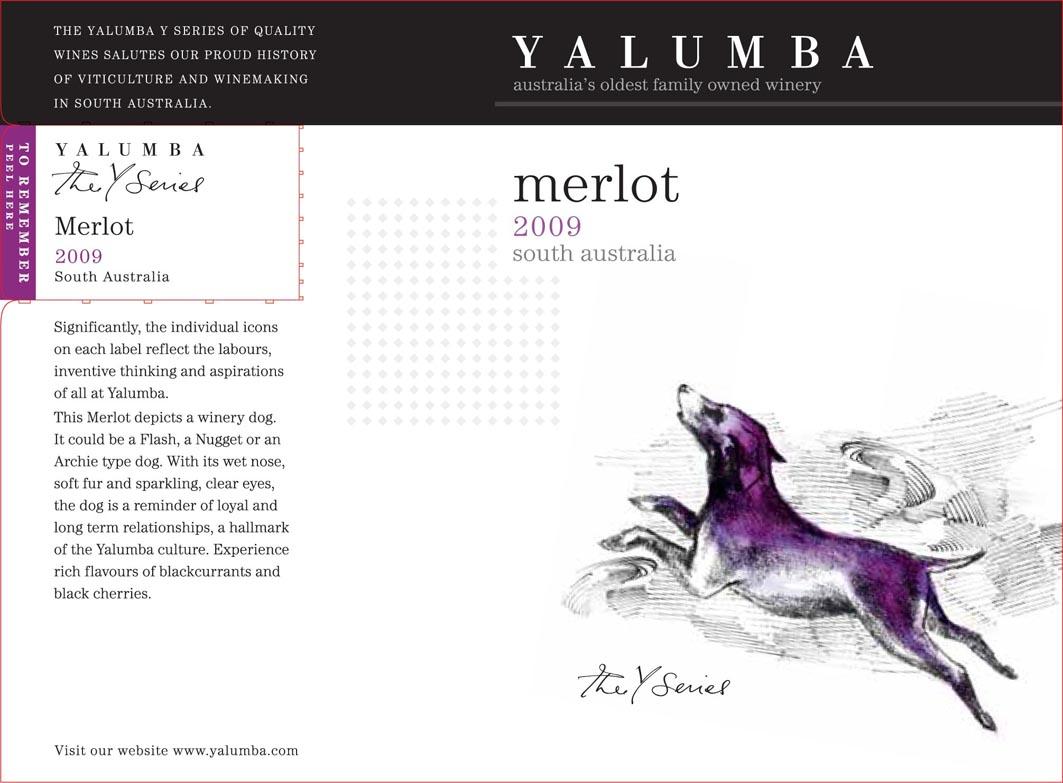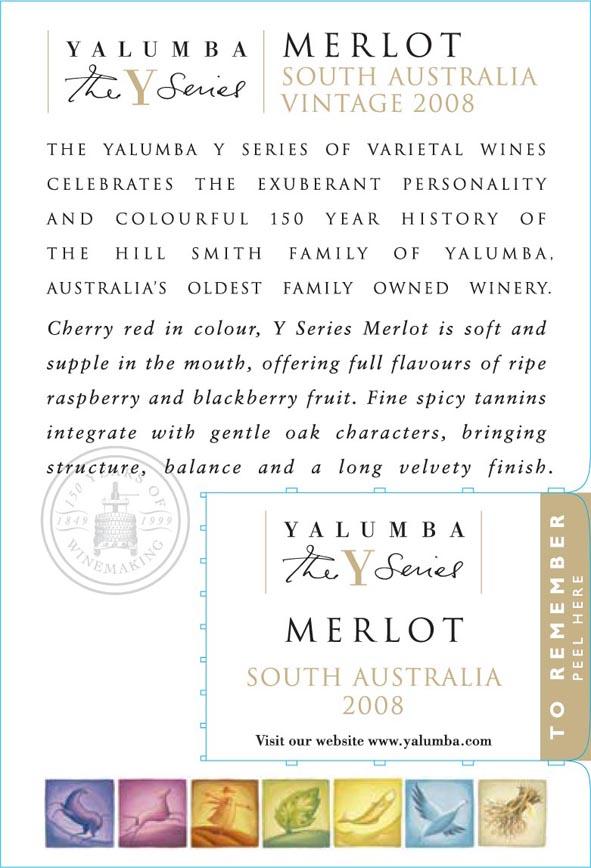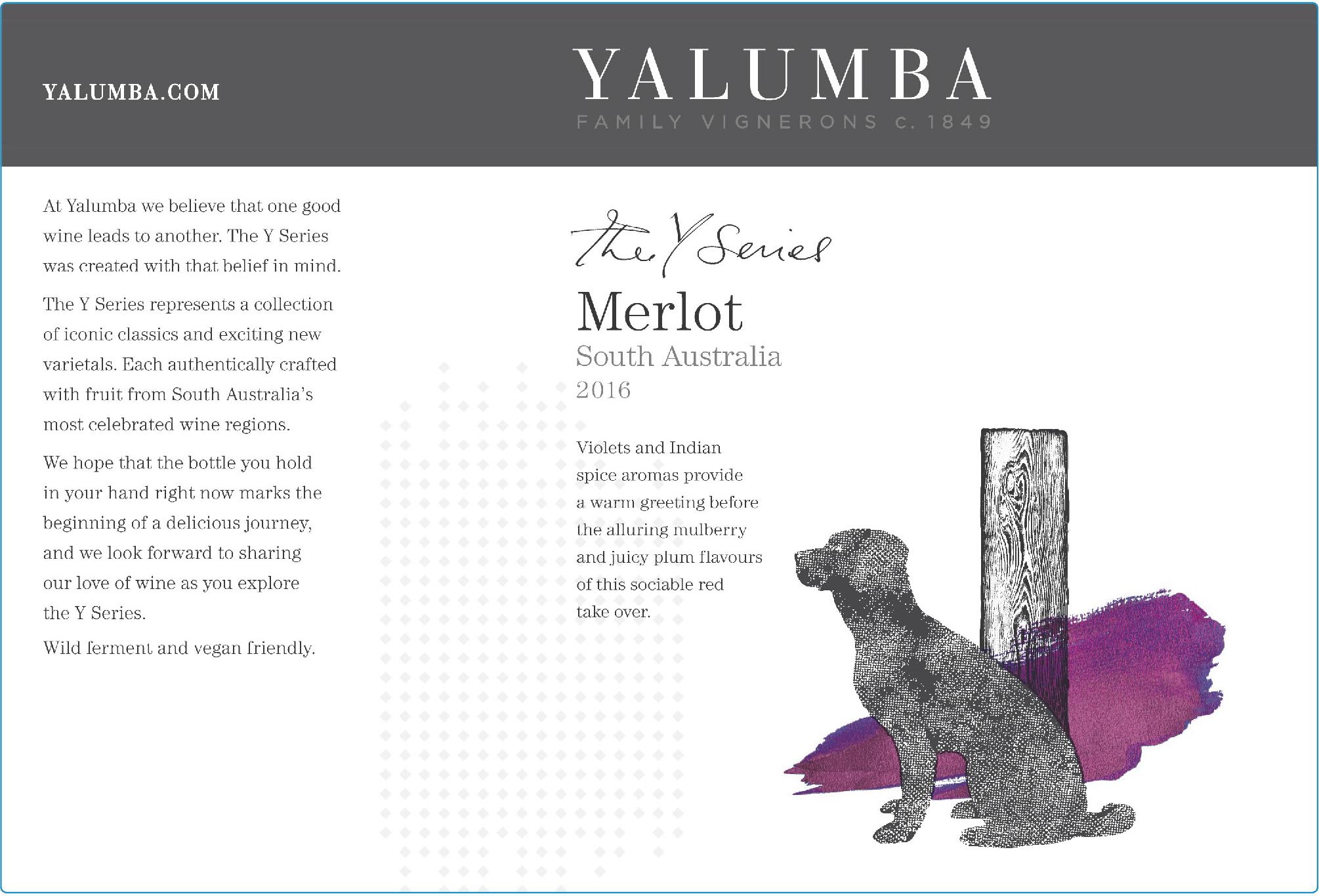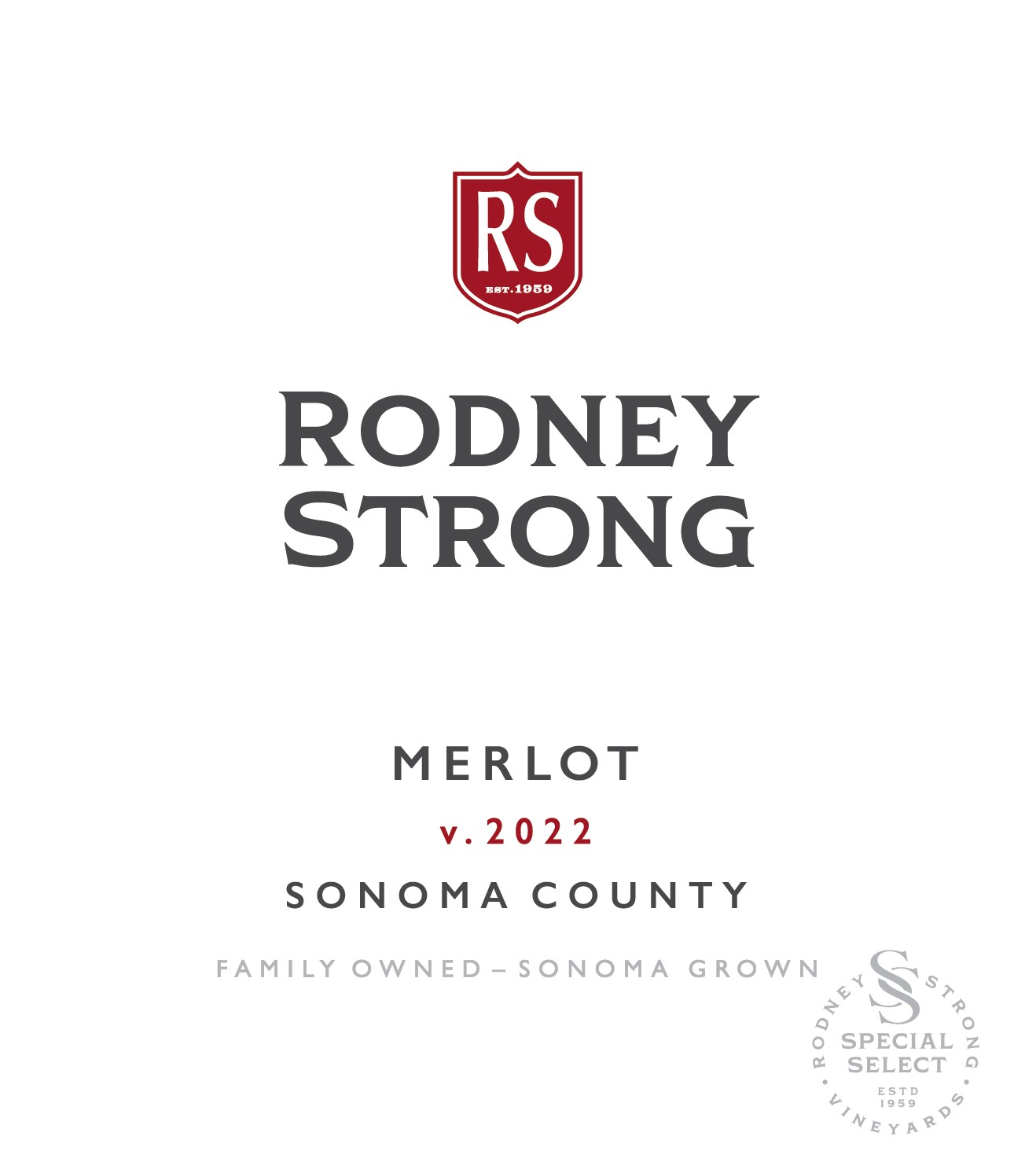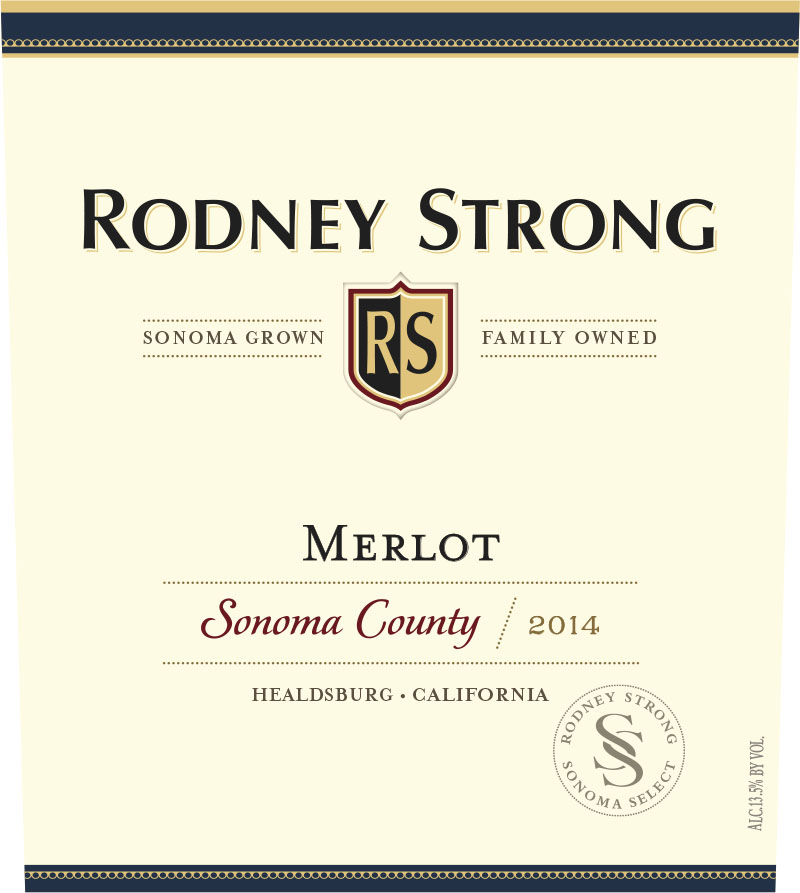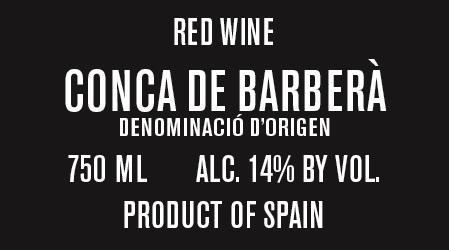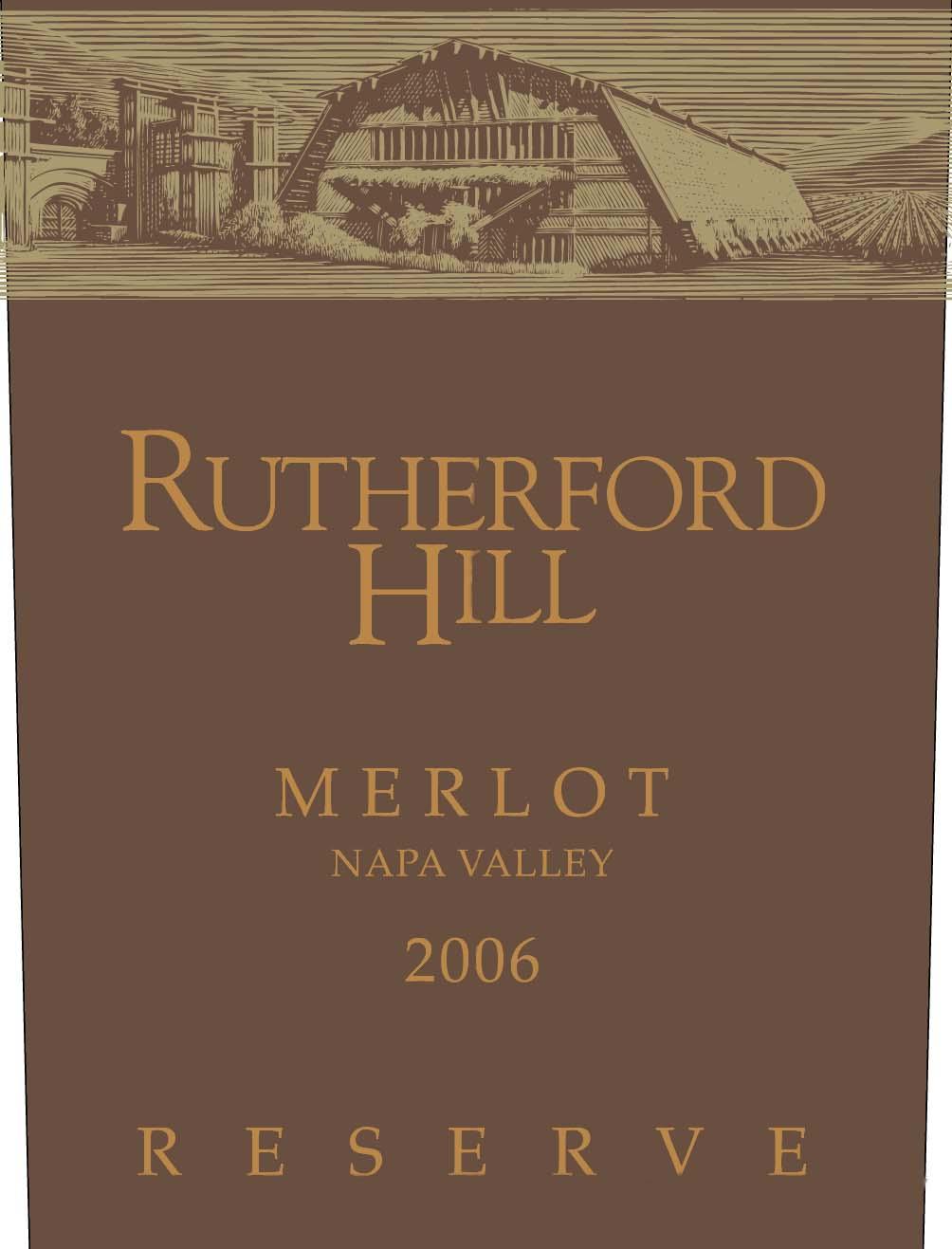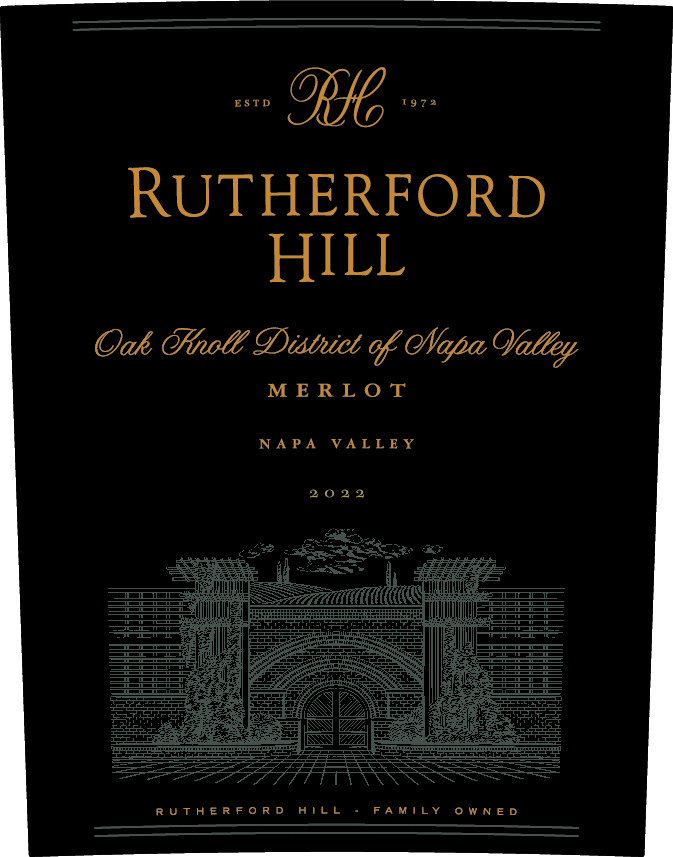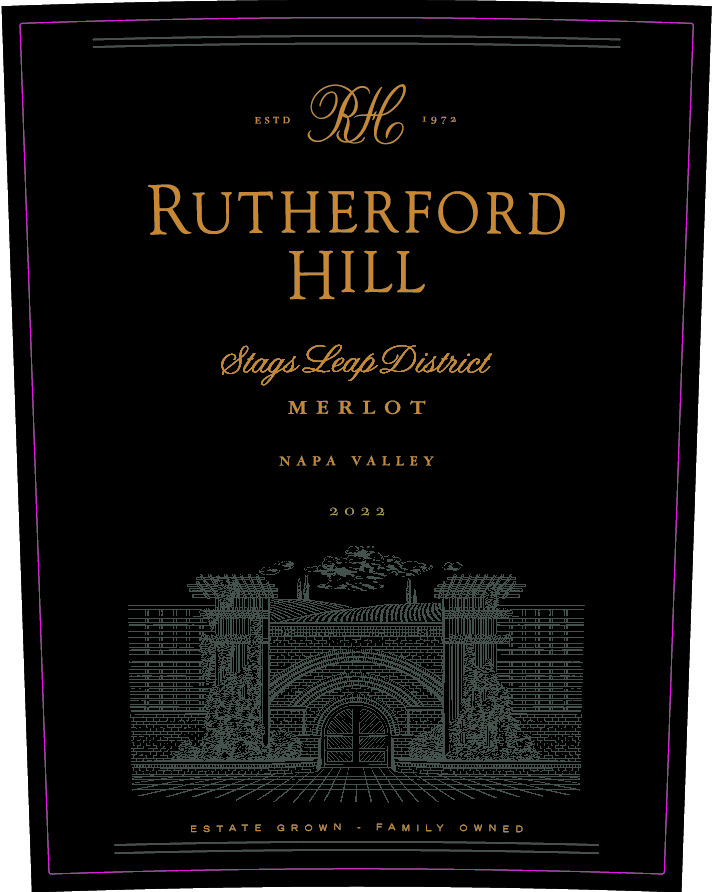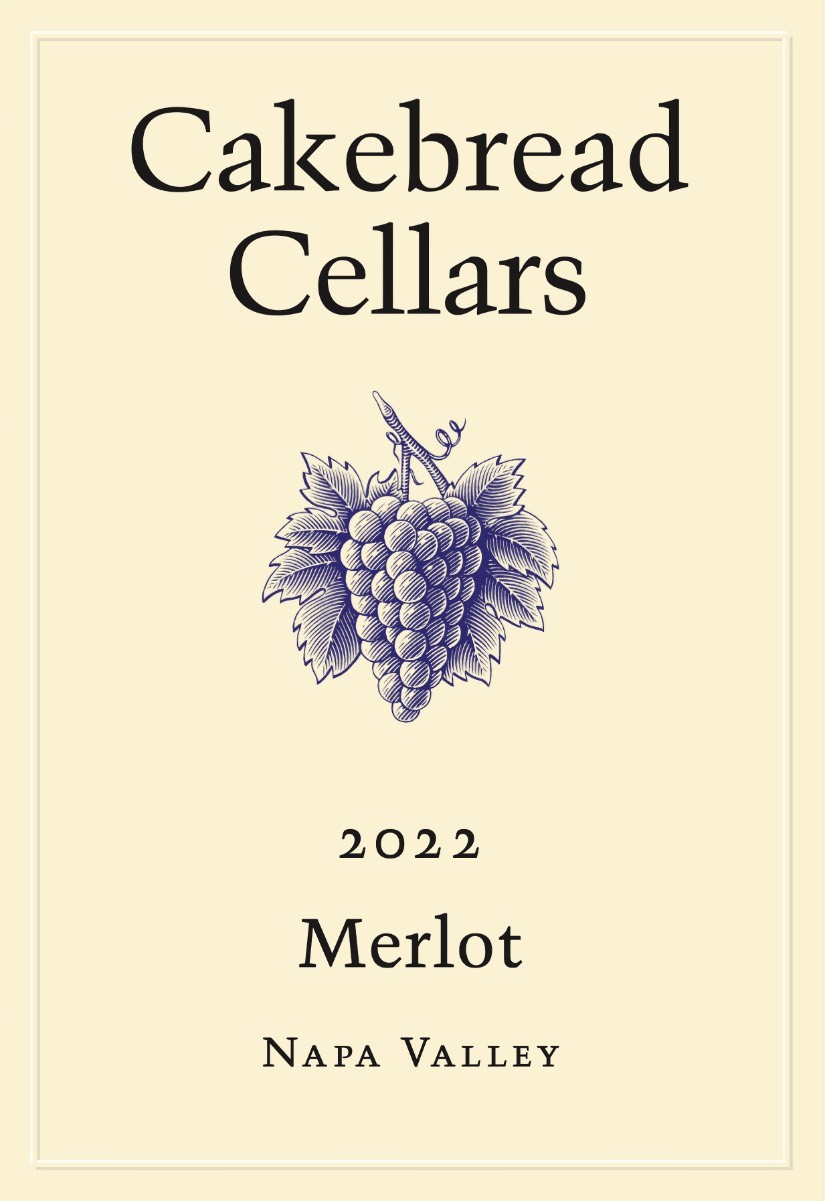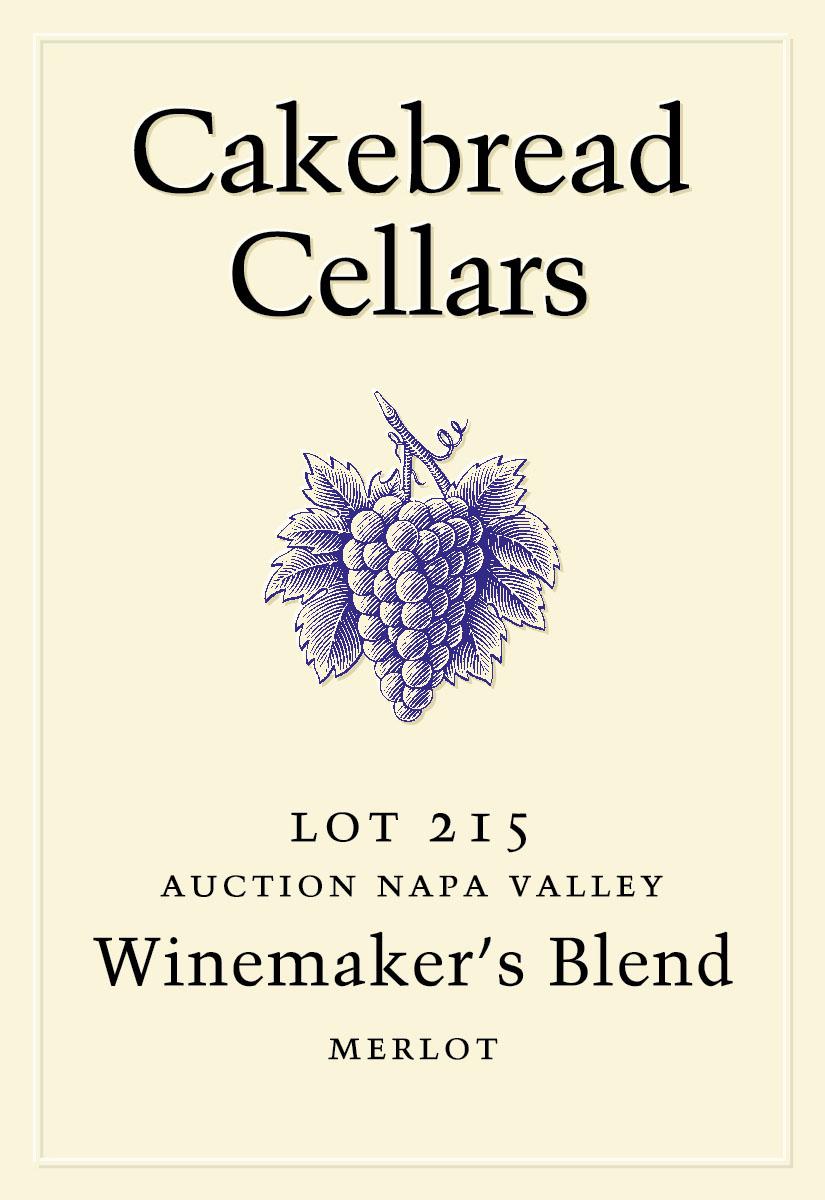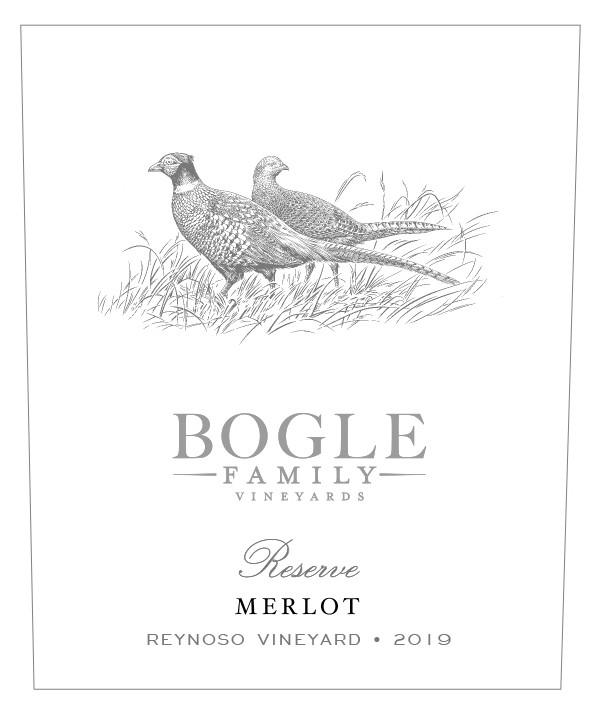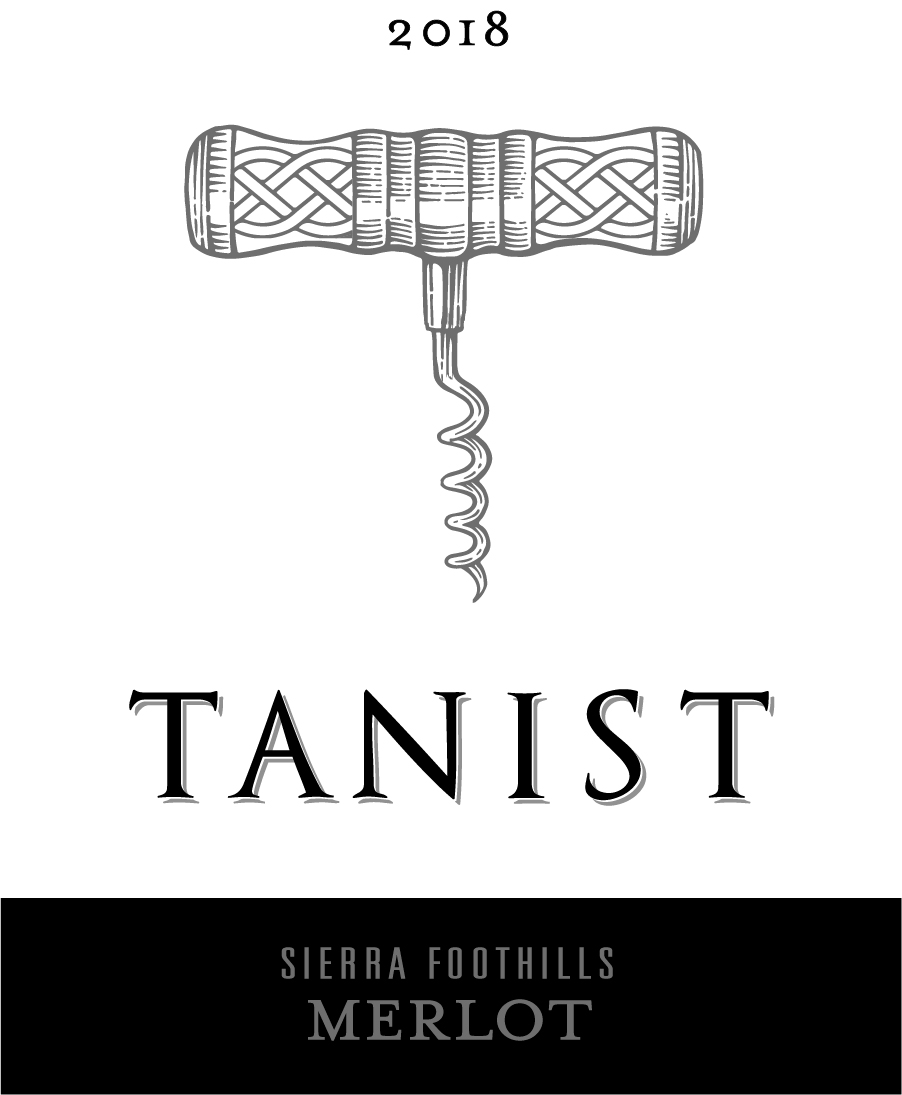Characteristics of Merlot
Merlot is known for its plush, velvety texture and approachable style, making it a favorite among both new and seasoned wine drinkers. Its naturally lower tannins, due to thinner skins and larger berries compared to Cabernet Sauvignon, give Merlot a rounder, softer mouthfeel, while its higher sugar levels at ripeness, compared to Cabernet Sauvignon, translate to wines that feel rich and smooth.
When grown in cool, moisture-retaining soils such as clay and limestone, Merlot can deliver remarkable depth and complexity, with a lively freshness that balances its fruit-forward character. Despite its adaptability, Merlot is vulnerable to spring frosts and certain vineyard diseases, and careful yield management is crucial for producing wines with true character and quality.
What Does Merlot Taste Like?
Merlot’s character is deeply influenced by where it’s grown and the climate of that region. Here’s what you can expect:
-
Cool-Climate Merlot (e.g., Bordeaux, Italy, Chile):
These wines tend to show firmer tannins and more pronounced structure, with flavors leaning toward red fruits like raspberry and tart cherry. Earthy and herbal notes—such as tobacco, graphite, and bell pepper—are often present, with subtle floral hints like violet or rose adding nuance.
-
Warm-Climate Merlot (e.g., California, Australia, Argentina):
Expect a fruit-driven profile with riper plum and blackberry flavors, softer tannins, and a richer, rounder mouthfeel. Oak influence is more noticeable, bringing chocolate and vanilla to the forefront, along with possible hints of mocha, clove, or caramel.
Ultimately, Merlot’s versatility means its taste can range from structured and savory to lush and fruit-forward, depending on its origin.
Notable Region Merlot Grows In
Merlot’s remarkable adaptability means its character shifts dramatically depending on where it’s grown, with each region offering its own interpretation of the grape’s plush fruit and structure.
-
Bordeaux Right Bank (Pomerol, Saint-Émilion): The benchmark for Merlot, producing deeply structured, age-worthy wines with rich plum and dark fruit, earthy undertones, and a signature velvety texture.
-
California (Napa Valley, Sonoma County): Warm climates yield generous, fruit-driven Merlot with ripe blackberry and cherry, soft tannins, and layers of vanilla and spice from oak aging.
-
Washington State (Columbia Valley): The region’s long sunny days and cool nights create Merlot that balances bold dark fruit with bright acidity and firm structure, often accented by subtle herbal notes.
-
Tuscany: Here, Merlot shines both in blends and as a varietal, lending plushness and depth to “Super Tuscans” alongside Sangiovese or Cabernet, and delivering wines with black cherry, spice, and earthy complexity.
Food Pairings
Merlot’s approachable style and balanced profile make it a versatile partner for a wide range of foods, especially those with moderate richness and savory depth.
-
Proteins & Signature Dishes: Merlot shines alongside medium-weight proteins such as grilled or roasted beef, lamb chops, pork loin, and veal—its supple tannins and ripe fruit complement dishes like Beef Bourguignon, Moroccan beef stew, or roasted leg of lamb without overwhelming them.
-
Vegetarian & Pasta Pairings: Earthy, herb-driven vegetarian options like mushroom risotto, grilled portobello mushrooms, roasted root vegetables, and pasta with mushroom ragù all highlight Merlot’s subtle herbal notes and round fruit character, while the wine’s structure stands up to heartier pastas and lentil-based dishes.
-
Cheese & Charcuterie: Medium to hard cheeses such as Cheddar, Gouda, Manchego, and Parmesan pair beautifully with Merlot’s smooth texture, and classic charcuterie boards or savory snacks like crackers and saucisson sec make for effortless, crowd-pleasing matches.


